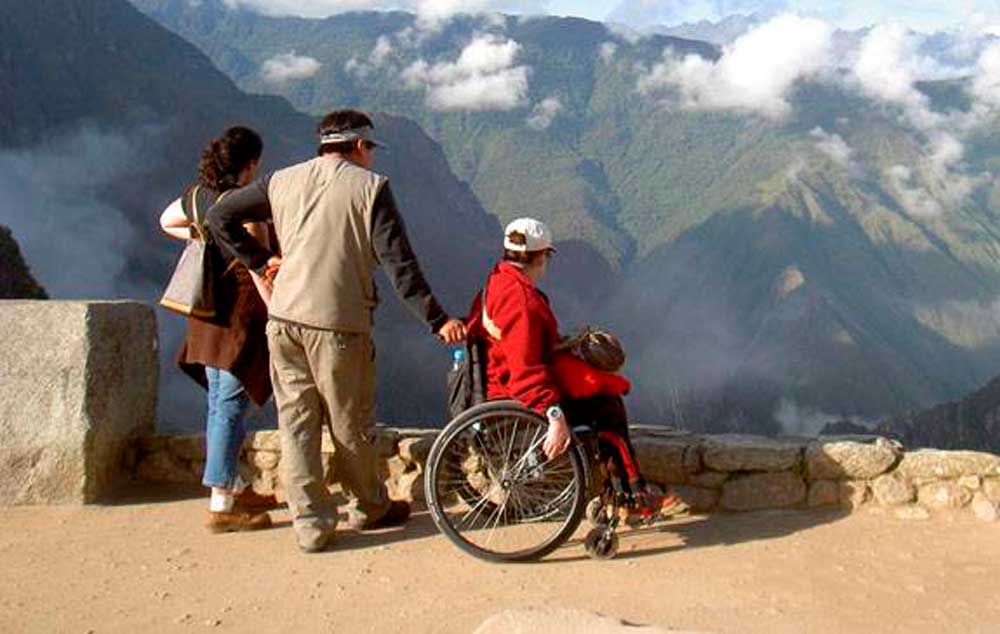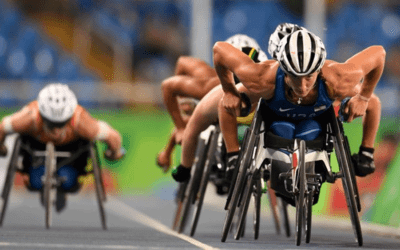
Accessibility in Spain’s National Parks
Spain has 14 national parks. A total of over 325,000 hectares of enormous ecological value in which constant improvements are being made to ensure that everybody can enjoy this immense natural heritage. The Spanish office of Europarc (the European Federation of Nature Reserves and National Parks) has published a catalogue of good practices containing the initiatives carried out in order to eliminate barriers in Spain’s parks.
Facilities adapted for people with reduced mobility, information panels and leaflets for the blind, trained guides who work in sign language… The aim? To make sure these stunning ecological riches can be enjoyed by all.
Paradigms of accessibility
The Timanfaya National Park in Lanzarote, one of the seven Canary Islands, is an excellent example of an accessible park. Improvements carried out have made the park into a volcanic paradise which is accessible to anyone with a disability. Educational material includes information in Braille in several languages, and audiovisual productions incorporate sign language.
In Tenerife, also in the Canary Islands, the Teide National Park, which has the UNESCO World Heritage designation, has a guide service for disabled people. This means that by booking in advance every disabled person can discover the park’s huge biodiversity and enjoy spectacular views of the Teide from its viewing point. The Tablas de Daimiel park in Castile–La Mancha offers a similar service. Its La Laguna observatory adapts each group visit according to members’ disabilities.
Another option is the Picos de Europa National Park in the Region of Asturias. This park has a room called ‘the cave’, where visitors can experience the different sounds and textures to be found in the ecosystems of the park, all in one place. At the Sierra Nevada National Park in the province of Granada, Andalusia, you can recreate the realities of nature at a range of workshops on astronomy, ecology, textile production… all adapted for the disabled.
Besides these specific options, Spain’s National Parks are working towards overall conversion to allow full disabled access. Hence, special parking spaces have been provided for disabled persons, and some parks offer direct vehicular access, such as Doñana (Andalusia), which has the UNESCO World Heritage designation, or the Aiguestortes i Estany de Sant Maurici Park, in Catalonia.
Spain’s National Parks continue to improve, bringing nature to everyone. More spacious facilities and trails that are suitable for disabled persons. Non-slip, compact materials are used for the paths; they are non-reflective to avoid visual problems; hand rails and double-height windows have also been installed… minor details with major repercussions to make nature more universal than ever.
Source: Spain is Culture
Compartilhe
Use os ícones flutuantes na borda lateral esquerda desta página
Siga-nos!
Envolva-se em nosso conteúdo, seus comentários são bem-vindos!
2 Comentários
Enviar um comentário
Você precisa fazer o login para publicar um comentário.
Artigos relacionados
Acessibilidade no ESG. Equipotel aborda o tema para o turismo.
Acessibilidade no ESG, para o mercado do turismo. Equipotel aborda a importância da inclusão da pessoa com deficiência.
Morte Sobre Rodas. Filme inclusivo foi candidato ao Oscar.
Morte Sobre Rodas. Dois protagonistas do filme, são pessoas com deficiência, um usuário de cadeira de rodas e outro com paralisia cerebral.
Paralimpíada de Paris 2024. A deficiência não é um limite.
Paralimpíada de Paris 2024. A cidade luz sedia o maior evento esportivo do mundo para as pessoas com deficiência.






Olééé España!!! Que bello trabajo en la accesibilidad en esta actual difícil crisis económica.
España es un país de referencia en accesibilidad. Barcelona hizo un gran trabajo cuando fue sede de los Juegos Paralímpicos.